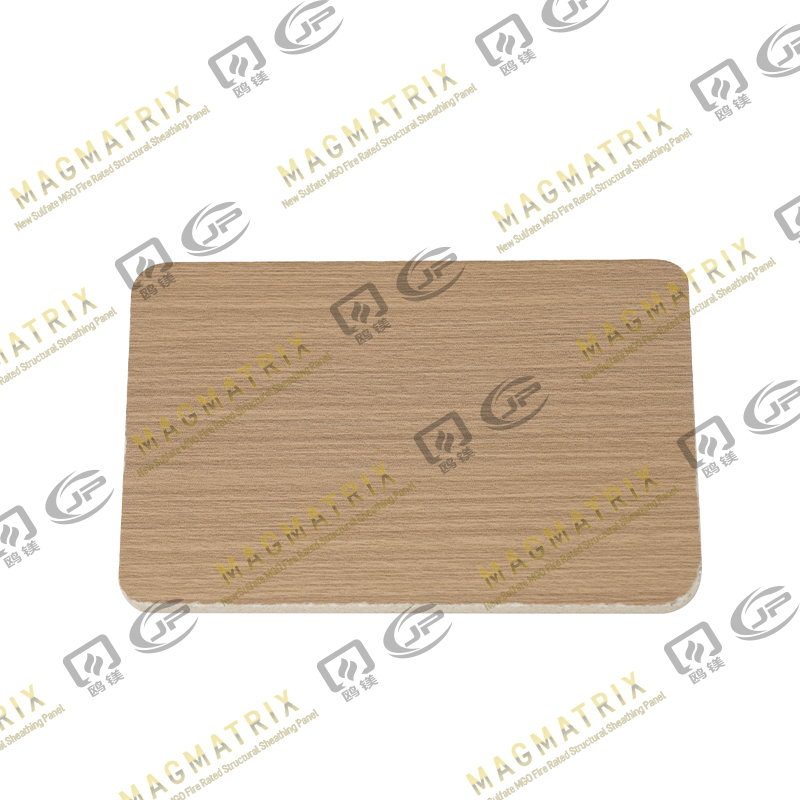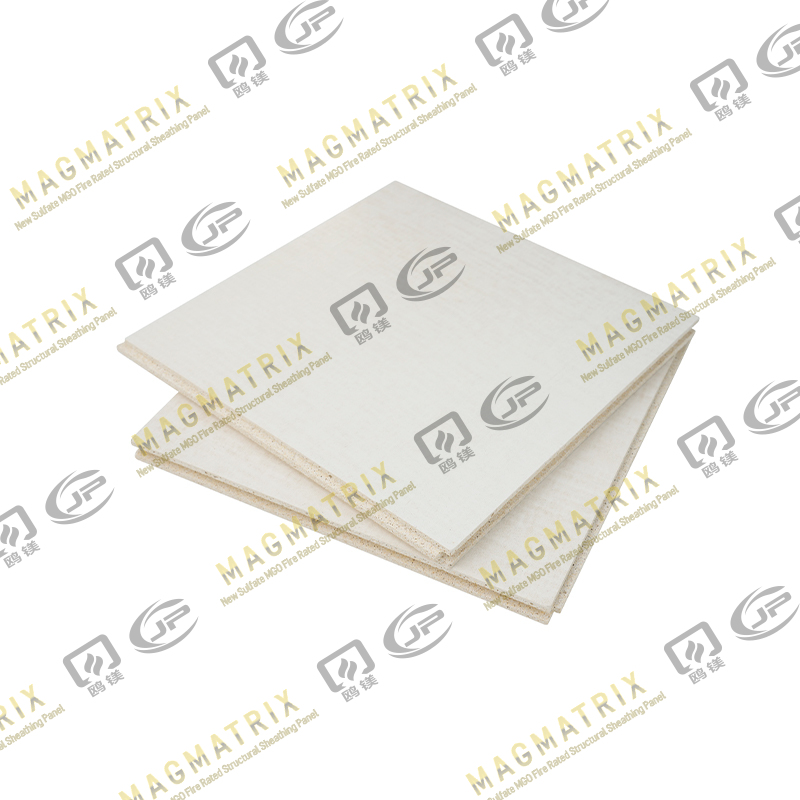
MgO boards have emerged as a significant factor for architects who seek eco-friendly building materials. These boards, manufactured from naturally occurring minerals, create less environmental damage than traditional gypsum or cement boards. Architects and builders show increasing interest in MgO boards because of their performance features and impressive environmental credentials.
Architects must balance functionality with environmental responsibility to select construction materials. MgO boards offer a perfect solution - they protect against fire and moisture while remaining environmentally responsible. These versatile boards don't contain toxic substances and excel at sound isolation. American MgO board manufacturers have created products that enhance indoor air quality by reducing volatile organic compound (VOC) emissions. Project teams can earn green certifications like LEED or BREEAM by incorporating MgO boards into their designs.
This piece examines why architects who prioritize sustainability prefer MgO boards. We'll uncover the environmental advantages that set these boards apart in today's construction industry.
Fire and Moisture Resistance in MgO Boards
MgO boards stand out in construction because they combine fire safety and moisture protection. These properties work together to give a complete protection in environments of all types.
Non-combustible Rating and Fire Safety Standards
MgO boards excel in fire resistance with impressive ratings that meet strict safety requirements. These boards have an A+ rating from ASTM with flame spread ratings between zero and 25. The National Fire Protection Administration guidelines place them in the highest fire protection category—Class A materials are the only ones that work against severe fire exposure.
MgO boards' fire-resistant properties come from their mineral-based composition. In fact, they stay stable at temperatures up to 1200°C without melting. Unlike traditional materials, MgO boards:
Keep their structural integrity during extreme heat exposure
Don't emit harmful gasses or fumes during fire
Give people more time to evacuate during emergencies
Have fire ratings from 1-2 hours based on thickness
Their non-combustible nature makes them perfect for fire-rated walls, ceilings, and floors. These panels don't burn at 800°C per ASTM E84 testing and meet ASTM E136 criteria as a noncombustible material.
Waterproofing Capabilities in Humid Environments
MgO boards are highly moisture-resistant but not completely waterproof. Notwithstanding that, they handle moisture exceptionally well. They keep their shape when exposed to moisture and show minimal dimensional changes—this matters a lot in construction where temperature and humidity changes can warp other materials.
These boards work great in humid environments because they don't swell, warp, or break down when they touch water. Their low water absorption makes them perfect for:
Bathrooms full of steam
Kitchens with cooking humidity
Basements prone to floods
Coastal areas with salt damage risks
Quick water exposure won't cause swelling or warping, but manufacturers warn that exposure over one hour might affect how well they work. That's why exterior applications need another layer of materials or proper coating.
Mold and Mildew Resistance in Indoor Applications
MgO boards' inorganic makeup creates an environment where mold can't grow. Unlike organic materials that feed mold spores, these boards don't let fungi grow at all. This makes them perfect for areas where moisture usually ruins traditional materials.
The boards scored 0/0/0 on the ASTM G21 test, showing they completely resist fungal growth. They barely absorb water—just 0.34% surface absorption—which stops moisture from getting in and causing mold problems.
Architects who care about indoor air quality love these boards. They contain no carcinogens or silicas, which makes them great for people with allergies or asthma. So, USA manufacturers market their MgO boards as health-conscious building materials that help create healthier indoor spaces.
The boards resist mold because of their special inorganic makeup with water-resistant properties. Traditional drywall and wood-based materials feed mold spores, but MgO boards don't. Buildings stay strong and mold-free even in tough humid conditions, which leads to better indoor air quality and longer-lasting structures.
Durability and Structural Performance in Long-Term Use
MgO boards are known for their structural longevity. These boards rank among the most reliable construction materials when projects need exceptional durability. Their impressive fire and moisture resistance pairs with remarkable strength that ensures lasting performance in challenging conditions.
Load-Bearing Capacity in Wall and Floor Systems
MgO boards shine in load-bearing applications despite their light weight. These panels distribute weight and handle substantial loads effectively when installed with proper structural framing systems. This makes them perfect for subfloor materials in multi-story buildings and structural walls that support roofs or additional floors.
The mechanical properties of MgO boards come from a cementitious matrix that outperforms regular Portland cement under both compressive and tensile stresses. MgO boards show compressive strength between 12 and 25 MPa, which is a big deal as it means that they outperform gypsum boards that only reach 3 to 6 MPa.
A single fastener in half-inch MgO can hold more than:
350 psf in shear strength
150 lbs in withdrawal force
USA manufacturers' MgO boards are a great choice in seismic zones. They maintain structural integrity during earthquakes and offer excellent resistance to lateral forces. Architects focused on building longevity appreciate how this load-bearing capacity boosts structural stability throughout a building's lifecycle.
Impact Resistance Compared to Gypsum Boards
MgO boards are nowhere near traditional gypsum alternatives in high-traffic environments. Quality MgO boards achieve impact strength ratings of 4.5 kilojoules or higher—which leaves standard drywall's one kilojoule rating in the dust.
This improved durability comes from several factors:
Solid composition throughout (unlike paper-faced gypsum that tears easily)
Fiberglass mesh reinforcement creating a cloth-like internal structure
Uniform structure that eliminates common drywall problems like nail pops and corner damage
Premium MgO boards with four layers of high-tensile fiberglass meshes reach bending strength over 22 MPa and impact strength above 38 MPa. Gypsum boards only reach 5.6 MPa in bending resistance. This huge difference explains why schools, hospitals, and commercial spaces with constant wall abuse need much less maintenance with MgO boards.
Dimensional Stability Across Temperature Swings
MgO boards stand out from regular building materials because they maintain structural integrity in extreme conditions. Their dimensional stability reaches 50 freeze/thaw cycles with only 0.5% loss of mechanical strength. This matters significantly in regions with substantial temperature variations.
Wood-based panels often arrive at construction sites with waves and imperfections. They warp when exposed to moisture. MgO boards stay dimensionally stable through environmental challenges. This stability continues even during:
Repeated wetting-drying cycles
Extreme temperature fluctuations
Exposure to high humidity
The largest longitudinal study shows that MgO boards' flexural strength barely changes after 25 cycles of water immersion and drying. OSB and plywood lost 40% and 9% strength respectively, while gypsum panels dropped between 36% and 52% of their flexural strength under similar conditions.
Architects who prioritize mgo board sustainability see this dimensional stability as a huge advantage. It reduces waste from warped materials and minimizes replacement needs throughout a building's lifespan. USA's MgO board manufacturers highlight this feature, especially for projects in regions that face severe weather changes.
Hidden Environmental Benefits of MgO Boards
MgO boards excel at fire resistance and structural strength, but their environmental benefits often go unnoticed during construction material selection. Architects who focus on environmentally responsible building practices find these hidden advantages compelling.
Low VOC Emissions and Indoor Air Quality
The zero-VOC composition of MgO boards creates healthier indoor spaces. Quality MgO boards stand out because they contain:
No formaldehyde, asbestos, benzene, ammonia, or silica
No heavy metal salts or crystalline silica
No toxic antifungal additives
These boards show exceptional results in emissions testing. The VOC levels are "below lower quotient" - too low for testing equipment to detect. LEED classifies them as 'Inherently Non-Emitting', which exempts them from testing requirements. MgO boards create healthier breathing spaces since they don't release toxic off-gassing after installation.
Energy-Efficient Manufacturing Process
MgO boards need less energy to produce compared to similar building materials. Some manufacturers use patented systems that work at room temperature. This gives them an edge over gypsum boards that need temperatures above 150°C for long periods, which uses 30% more energy.
Many manufacturers also use closed-loop systems to recycle water, dust, and scraps. This approach cuts waste and reduces the environmental effect throughout production.
Recyclability and End-of-Life Reuse Options
MgO boards qualify as "nutritional waste" and serve multiple purposes at the end of their lifecycle. Instead of filling landfills, these boards can be:
Used as soil enrichment when ground up
Broken down for smaller panel applications
Crushed and used as filler in new construction materials
This recyclability cuts construction waste and provides valuable secondary materials. The boards break down into compounds that give magnesium to plants and balance soil when ground up.
Reduced Carbon Footprint vs Cement Boards
MgO boards have a clear edge over cement-based alternatives in carbon emissions. Their carbon footprint is 37.3 kg CO₂ eq/m² - at least 22% less than Portland cement concrete alternatives. Switching from coal to natural gas can cut carbon emissions by another 18%.
Some MgO boards capture CO₂ during curing, which could make them carbon-negative rather than just carbon-neutral. This reduced environmental effect makes these boards an attractive choice for projects that prioritize environmentally responsible construction.
Ease of Installation and Versatility in Design
MgO boards offer compelling advantages during installation that architects value deeply. These practical benefits combined with eco-friendly features have made them a top choice in today's construction projects.
Lightweight Panels for Faster Handling
MgO boards weigh 20 to 30 percent less than traditional cement-based options. This weight difference might seem small but creates a substantial impact throughout construction projects. Construction crews experience less physical strain while handling these lighter boards, which also simplifies transportation.
The structural integrity remains uncompromised despite their lighter weight. The reduced mass actually helps decrease pressure on a building's overall structure, which enhances long-term stability. Projects where material weight affects transportation costs or load calculations benefit greatly from MgO boards.
Compatibility with Standard Construction Tools
Even first-time builders can work with MgO boards since they don't need specialized equipment. Standard construction tools work perfectly:
Scoring knife or utility knife for simple cuts
Circular saw with carbide blade for longer cuts
Fiber cement shears for precise cuts
Standard screws or nails for attachment
The ease of cutting distinguishes MgO boards from other options. Architects appreciate how this compatibility with common tools leads to quicker installation times and lower equipment costs.
Use Cases: Ceilings, Partitions, and Subflooring
MgO boards serve many applications effectively. Their light weight makes them perfect for both grid systems and solid ceiling installations. Commercial spaces benefit from their fire resistance properties, which meet strict safety standards.
These boards perform exceptionally well on wood or metal frames for partition walls. Note that interior partition installation requires MgO boards to be fixed to GI stud channel frameworks, placed horizontally with studs at 600mm centers.
MgO boards create an excellent subflooring foundation for various finishes. The boards should have staggered seams during subflooring installation to boost structural stability. This method ensures even weight distribution across the floor system and reduces joint failure risks.
Cost Efficiency and Lifecycle Savings
The cost viewpoint shows MgO boards make a compelling case for long-term savings even with higher original investment. The financial equation takes a remarkable turn when we look at complete lifecycle expenses rather than just the purchase price.
Lower Maintenance and Repair Frequency
MgO boards' exceptional durability leads to reduced maintenance costs. These boards last 20-30 years—double the 10-15 year life expectancy of gypsum boards. They resist water damage, mold, and pests naturally, which eliminates common repair issues that plague traditional materials.
Building owners spend less on ongoing maintenance, which makes up 80-90% of lifetime building expenses. This means:
No repairs for water damage or mold remediation
Minimal surface repairs for impacts or wear
Fewer total replacements over the building's lifespan
Insurance Benefits from Fire-Resistant Materials
Buildings with fire-resistant MgO boards often qualify for big insurance discounts. Insurance companies recognize these materials' superior fire performance through lower premium rates throughout the structure's life. Multi-family developers can cut insurance costs by using MgO panels that enable affordable fire-rated wall assemblies with NFPA 285 approved configurations.
Commercial properties can save thousands each year based on size and occupancy type. These savings add up to large amounts that offset the original cost premium.
Lifecycle Cost Comparison with OSB and Gypsum
The price gap between materials stands clear: MgO boards cost between USD 1.50 to USD 3.50 per square foot while gypsum costs USD 0.30 to USD 0.70. Looking at purchase price alone tells only part of the story.
Beyond the original cost difference, MgO boards show compelling advantages:
20-30% lighter than cement-based alternatives, which cuts labor costs
No corner beads needed (big savings versus gypsum installation)
No backing materials required for shelving or fixtures
Almost free disposal without dedicated waste removal
The benefits start generating returns right after installation. The slightly higher upfront investment pays off through reduced maintenance, fewer replacements, and insurance savings. This makes MgO boards an economically sound choice for sustainability-focused projects.
Conclusion
MgO boards are a game-changing advancement in green construction materials. Their benefits go way beyond their simple functionality. These versatile panels excel in many aspects of building performance and boast impressive environmental credentials.
The boards' fire resistance can reach 1200°C, and they handle moisture exceptionally well. This makes them perfect for tough environments where other materials don't work. These panels also keep their structural integrity during temperature changes. Their impressive load-bearing capacity ensures buildings stay stable for decades.
MgO boards are a big deal as it means that they create healthier indoor spaces. They contain zero VOCs, which eliminates any worries about harmful off-gassing. The energy-efficient manufacturing cuts carbon footprints by at least 22% compared to cement options. These panels can be recycled instead of going to landfills when buildings are demolished. They can even enrich soil.
Architects who balance green goals with practical needs find that MgO boards tackle many challenges at once. Standard tools work fine with these panels, which makes installation easy despite their advanced features. The panels cost more than traditional materials upfront. However, their longer lifespan and lower maintenance needs lead to major savings over time.
MgO boards should become more popular as green standards get stricter. Their mix of performance, versatility, and environmental benefits makes them perfect for forward-thinking construction projects. These innovative panels show how better materials can deliver both practical and ecological advantages without compromise as we move toward more responsible building practices.
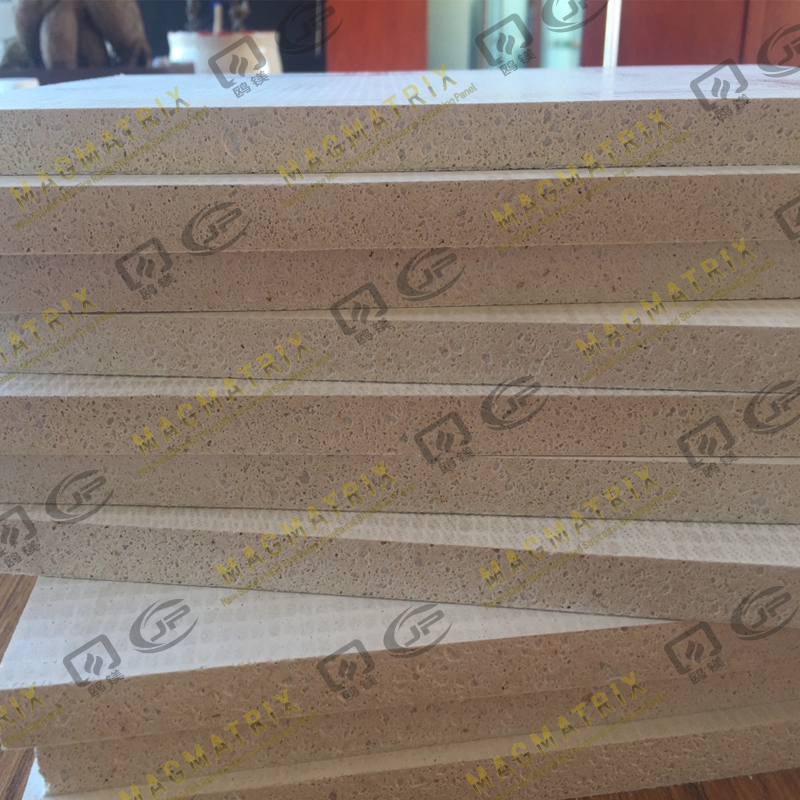 BMSC 517 New Sulfate MgO Board
BMSC 517 New Sulfate MgO Board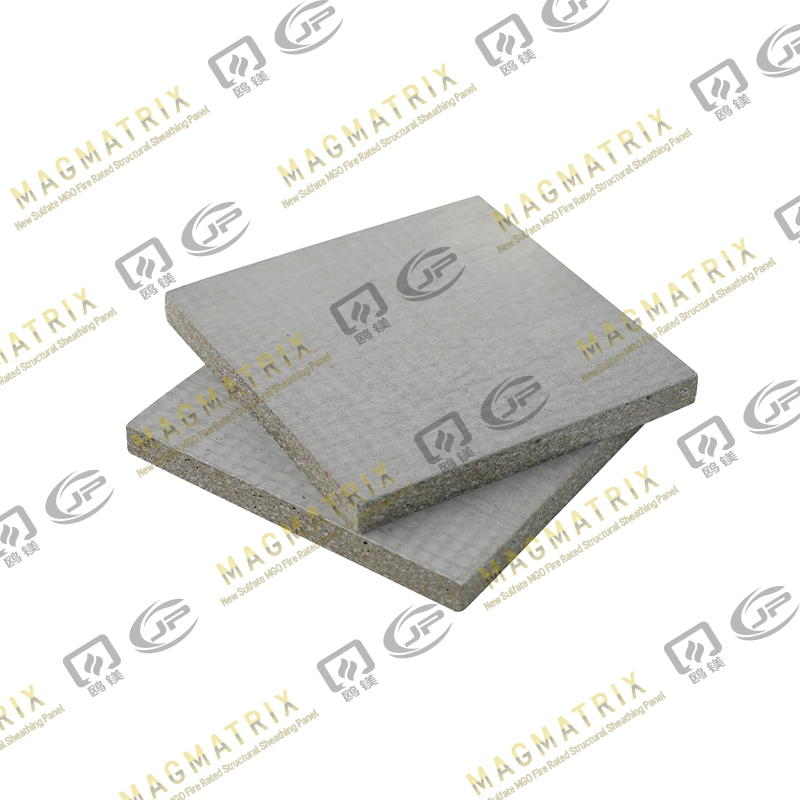 Multi-Support MgO Wall Sheathing Board
Multi-Support MgO Wall Sheathing Board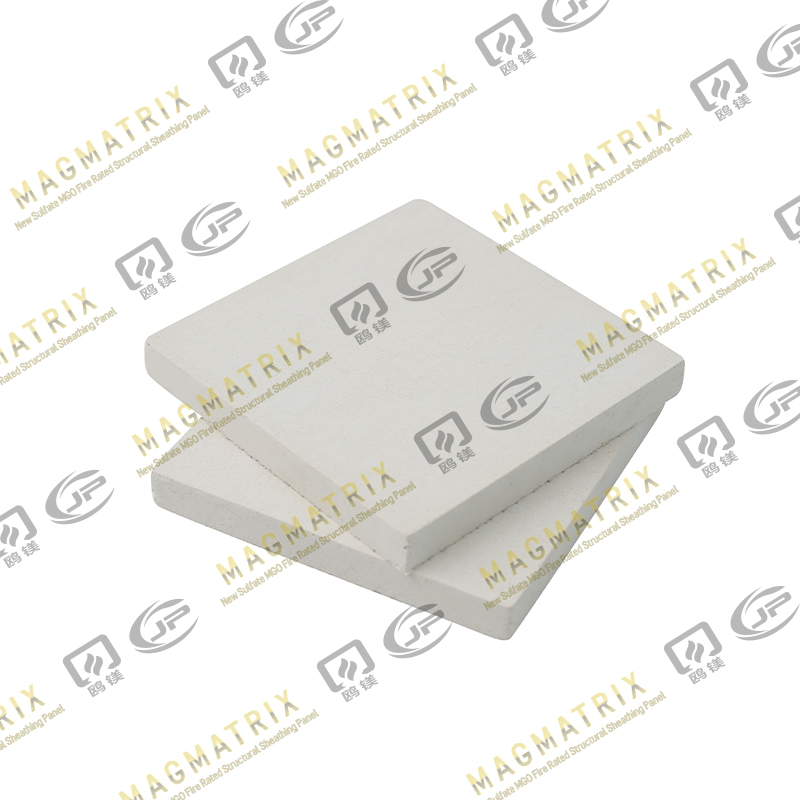 Perseverance MgO Wall Sheathing Board
Perseverance MgO Wall Sheathing Board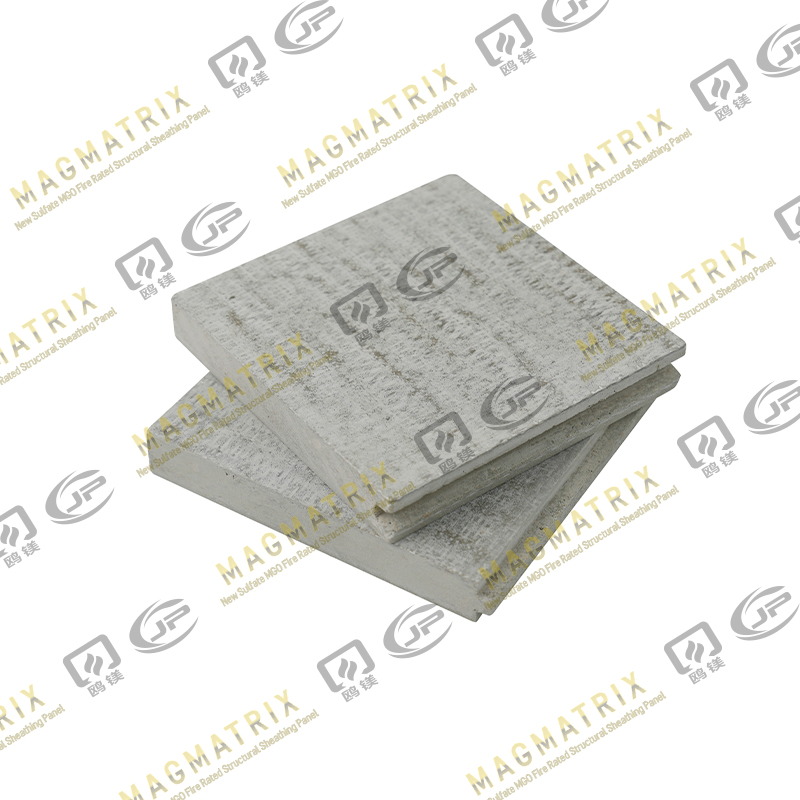 Multi-Support MgO Subfloor Sheathing Board
Multi-Support MgO Subfloor Sheathing Board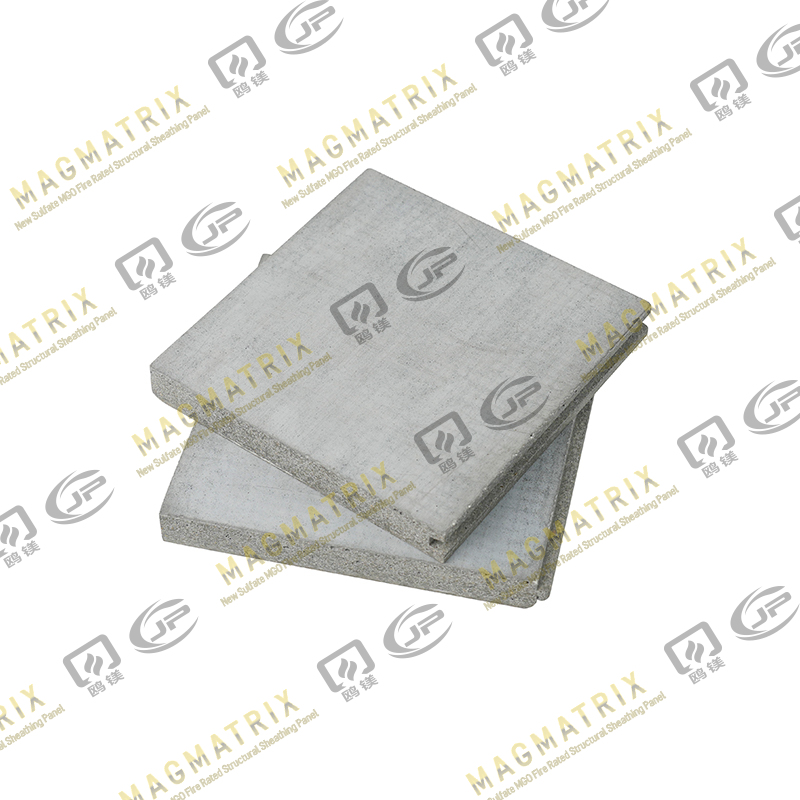 Perseverance MgO Subfloor Sheathing Board
Perseverance MgO Subfloor Sheathing Board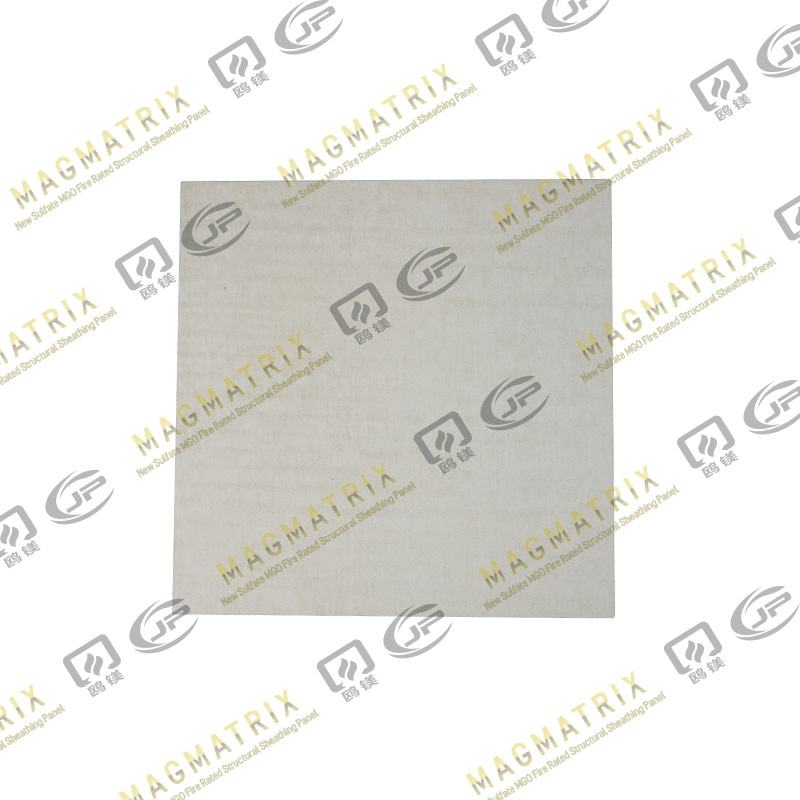 MagMatrix MgO Underlayment Panel/board
MagMatrix MgO Underlayment Panel/board


 English
English русский
русский Español
Español
